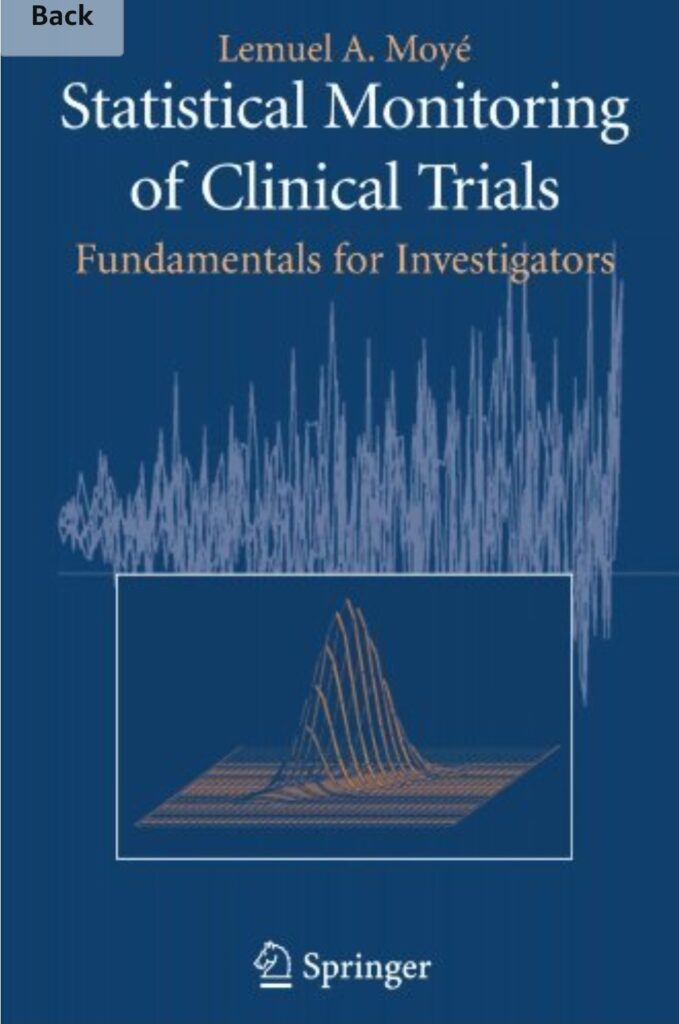Statistical monitoring procedures are the body of computations that aid clinical investigators in determining if a research program should be suspended prematurely. Specifically, these guidelines are used to end a clinical study if the investigation is very likely to produce either 1) an early positive benefit, 2) an early indication of harm, or 3) a neutral effect at the time the study is scheduled to end (known as futility).
Research scientists and members of clinical trial oversight committees rely upon these procedures, colloquially expressed as “stopping rules”. Statistical Monitoring of Clinical Research: Fundamentals for Investigators describes the background, purpose, and implementation of statistical monitoring procedures for clinical investigators who possess only a rudimentary statistical background.

Statistical Monitoring of Clinical Research: Fundamentals for Investigators is a text for clinical scientists. The unique contribution of this book is its clear and comprehensive discussion of statistical monitoring procedures in terms that the nonmathematical clinical scientist can understand. After reading this book, the clinical investigator will be able to 1) choose from among several statistical monitoring procedures, 2) understand many of their computational results, and 3) interpret the information that these monitoring tools provide. Having acquired these new skills, the investigator will then be able to contribute to important discussions involving the use and calibration of these tools in specific research settings.
